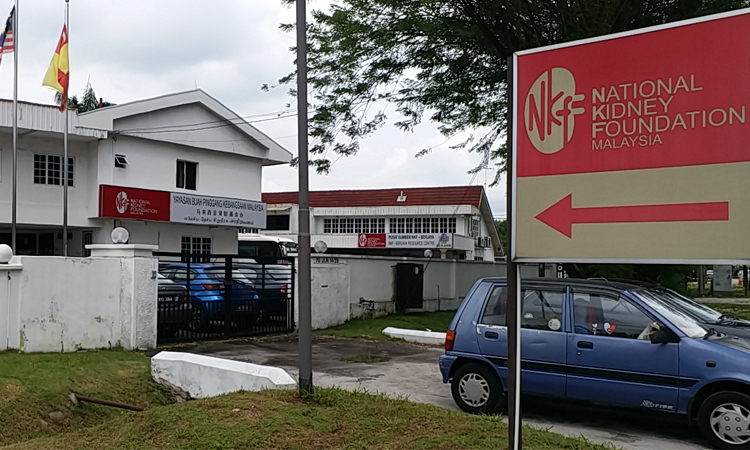- About Us
- KIDNEY DISEASE
- Public Education
- Treatment
- Patient Welfare
- Training
- Events
- Support Us
- Resources


About Dialysis
Dialysis is a life-saving treatment that performs the vital functions of the kidneys when they are no longer able to work effectively. It helps remove waste, excess fluids, and toxins from the blood, supporting the body’s balance and promoting better quality of life for individuals with kidney failure.
Uses
Dialysis is primarily used to treat advanced kidney failure (end-stage renal disease) and severe kidney dysfunction. It helps manage symptoms such as swelling, fatigue, and high blood pressure, and it can be a temporary or long-term solution depending on the underlying cause of kidney damage.
How it Works
Dialysis works by filtering the blood to remove unwanted substances. There are two main methods: haemodialysis, where blood is cleaned using a machine and a dialyzer, and peritoneal dialysis, where the blood is filtered inside the body using the peritoneal membrane as a natural filter.
Types
The two main types of dialysis are:

Image Source: National Institute of Diabetes and Digestive and Kidney Diseases (NIDDK)
Peritoneal Dialysis: In peritoneal dialysis, your blood is cleaned inside your body rather than through a dialysis machine. The lining of your abdomen, called the peritoneum, acts as a natural filter. Before starting treatment, a minor surgical procedure is done to insert a soft tube (catheter) into your abdomen.
During each session, a special fluid called dialysate — made of water, salts, and other ingredients — is introduced into your abdominal cavity through the catheter. As blood circulates through the blood vessels in your abdomen, waste and excess fluids move into the dialysate. After several hours, the fluid containing the waste is drained out through the same catheter.
Peritoneal dialysis can be performed almost anywhere, as long as you have the necessary supplies.
There are two main types of peritoneal dialysis:
The type of PD, the equipment required, the length of each treatment (known as an exchange), and the number of treatments needed each day will vary based on your health condition.

Each type offers different advantages depending on the patient’s health, lifestyle, and preferences.
Effectiveness
Dialysis effectively removes toxins and fluids, helping patients manage symptoms and maintain their health. However, it does not cure kidney disease. With proper treatment, many patients on dialysis are able to lead active, fulfilling lives.
Side Effects
Common side effects of dialysis can include low blood pressure, cramps, nausea, fatigue, and infections (particularly with peritoneal dialysis or vascular access sites). Close medical monitoring and self-care practices can help minimize these risks.
Additional Considerations
Choosing the right type of dialysis depends on individual factors like medical condition, lifestyle, and personal preferences. Other considerations include time commitment, dietary changes, potential travel restrictions, and emotional health support. It’s important to work closely with your healthcare team to determine the best treatment plan.
Preparing for Your Appointment
Before starting dialysis, patients will need a surgical procedure to create a vascular access or peritoneal access. During appointments, patients should bring a list of medications, report any symptoms, and follow instructions from their dialysis care team. Being well-prepared can help ensure a smoother treatment process.
Resources
NKF provides a range of resources to support patients and caregivers, including educational materials, support groups, counseling services, and financial assistance programs. Visit our PD and CKD page or contact our team to learn more about managing kidney health and living well with dialysis.
